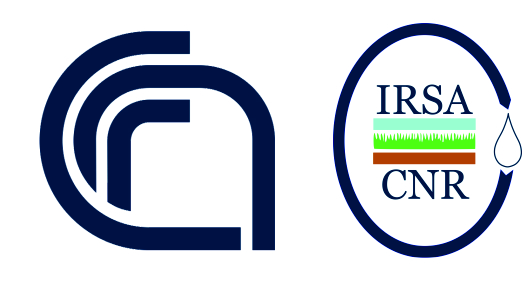Scheda di dettaglio – i prodotti della ricerca
| Dato | Valore |
|---|---|
| Title | Treatment options for tannery wastewater II: integrated chemical and biological oxidation |
| Abstract | This is the second of two papers each dealing with a specific technological option for replacing the Fenton's reagent with simpler processes for treating industrial wastewater. In particular, the paper reports the results of an investigation aimed to check, at lab scale, the effectiveness of an alternative wastewater treatment combining biological degradation and chemical oxidation with ozone. The treatment was carried out in a lab scale hybrid reactor fed with the biological stage effluent of a plant treating the wastewater of a large tanning district in Central Italy whose residual COD result still higher than the Italian COD Maximum Allowable Concentration (MAC) value (i.e., 160 mgO(2)/L) The results are very promising, considering that a removal efficiency of 41% (as COD) has been achieved by treating an influent characterized by a COD content fully biorefractory. In addition, the proposed treatment presents the significant advantage of no additional sludge production, as happens with commonly utilized tertiary processes (i. e. Fenton), that is characterized by high chemical sludge production. |
| Source | Annali di chimica (Testo stamp.) 92, pp. 531 |
| Journal | Annali di chimica (Testo stamp.) |
| Editor | Societa chimica italiana, Roma, Italia |
| Year | 2002 |
| Type | Articolo in rivista |
| Authors | Di Iaconi C., Di Pinto A.C., Ricco G., Tomei M.C. |
| Text | 42041 2002 ISI Web of Science WOS WOS 000176194300005 Treatment options for tannery wastewater II integrated chemical and biological oxidation Di Iaconi C., Di Pinto A.C., Ricco G., Tomei M.C. CNR Istituto di Ricerca sulle Acque This is the second of two papers each dealing with a specific technological option for replacing the Fenton s reagent with simpler processes for treating industrial wastewater. In particular, the paper reports the results of an investigation aimed to check, at lab scale, the effectiveness of an alternative wastewater treatment combining biological degradation and chemical oxidation with ozone. The treatment was carried out in a lab scale hybrid reactor fed with the biological stage effluent of a plant treating the wastewater of a large tanning district in Central Italy whose residual COD result still higher than the Italian COD Maximum Allowable Concentration MAC value i.e., 160 mgO 2 /L The results are very promising, considering that a removal efficiency of 41% as COD has been achieved by treating an influent characterized by a COD content fully biorefractory. In addition, the proposed treatment presents the significant advantage of no additional sludge production, as happens with commonly utilized tertiary processes i. e. Fenton , that is characterized by high chemical sludge production. 92 Articolo stampato Di_Iaconi_et_al_Annali_di_Chimica_2002.pdf Articolo in rivista Societa chimica italiana 0003 4592 Annali di chimica Testo stamp. Annali di chimica Testo stamp. Ann. chim. Testo stamp. Annali di chimica. Testo stamp. RICCO GIUSEPPINA appioclaudio.dipinto DI PINTO APPIO CLAUDIO claudio.diiaconi DI IACONI CLAUDIO mariaconcetta.tomei TOMEI MARIA CONCETTA |
